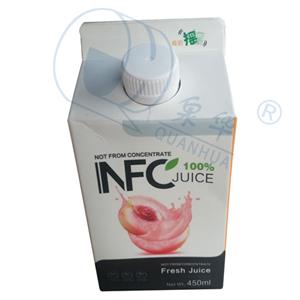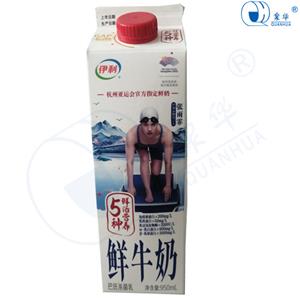The global printing and packaging market as a whole is good !
The Smithers Institute, an international authoritative institution, has issued the latest research report on the printing and packaging industry, predicting the development trend of the global printing and packaging market in the next five years. A comprehensive review of reports such as ' the future of inkjet printing by 2029 ' ' the future of thermal printing by 2029 ' and ' the future of global corrugated packaging by 2029 ' found that from 2024 to 2029, the global printing and packaging market as a whole is improving, and the inkjet printing, thermal printing, and corrugated packaging markets are showing strong growth momentum. Inkjet printing market size It will rise to $ 162.1 billion in five years ' time.
Book printing, packaging printing and label printing will be the fastest growing areas of inkjet printing market. The report shows that the innovation of inkjet printing equipment helps to provide finished printed products, labels and packaging more effectively, so that the share of inkjet printing in the printing and packaging market has steadily increased. The use of higher performance equipment will double the inkjet printing speed and print head resolution in the next 5 years. In the field of advertising printing, although inkjet printing technology has been gradually applied, especially in the field of signage, the market share of this field will be reduced as more and more enterprises turn advertising online. Thermal printing market recovery Labels become a key growth area
The past two years have been challenging times for the thermal printing market. From 2022 to 2023, the market demand for thermal printing is generally weak. Due to the development of e-commerce, supply chain disruption, and the decline in consumer demand for goods and services, the use of thermal printing has declined in the short term, and many projects that require new equipment have been postponed or cancelled.
But for now, the whole thermal printing market still faces a series of challenges. For example, although the development of thermal transfer technology has made the application of bottomless paper labels more and more extensive, the price increase of suppliers has led to intensified market competition, and some consumables suppliers have received complaints of price dumping. At the same time, consumers ' attention to green sustainability is also promoting the development of thermal printing in a more environmentally friendly direction. Direct thermal printing has been used in various fields. However, due to consumers ' concerns about the environmental protection of labels and the possible impact on health, companies have changed the chemicals used in thermal printing. As suppliers seek to improve the environmental and safety certification of their products, thermal printing technology continues to evolve, eliminating silicone-coated isolation materials has played an important role in improving the environmental performance of pressure-sensitive labels.
Get the latest price? We'll respond as soon as possible(within 12 hours)




